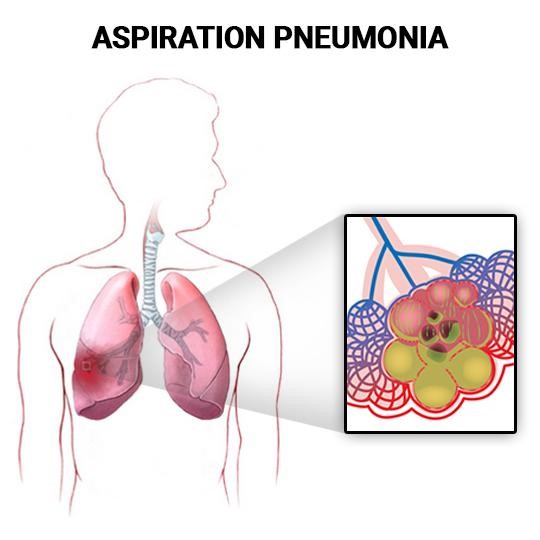A client diagnosed with moderate Alzheimer's has been admitted to a long-term care facility. Which of the following are appropriate activities for the nurse to include in the care plan?
Drawing with crayons
Dangling ribbons or a mobile
Listening to music, watching TV, or videos
Board games
The Correct Answer is C
Choice A Reason: This is incorrect because drawing with crayons may be too childish or frustrating for a client with moderate Alzheimer's. Crayons may also pose a choking hazard or cause messes. The nurse should provide activities that are suitable for the client's cognitive and functional level, as well as their interests and preferences.
Choice B Reason: This is incorrect because dangling ribbons or a mobile may be too stimulating or confusing for a client with moderate Alzheimer's. These items may also trigger agitation or wandering behaviors. The nurse should provide activities that are calming and familiar for the client.
Choice C Reason: This is correct because listening to music, watching TV, or videos can be enjoyable and beneficial for a client with moderate Alzheimer's. Music can evoke memories, emotions, and positive responses. TV or videos can provide entertainment, education, and socialization. The nurse should choose music, TV shows, or videos that are appropriate and meaningful for the client.
Choice D Reason: This is incorrect because board games may be too complex or challenging for a client with moderate Alzheimer's. Board games may require memory, concentration, logic, or strategy skills that the client may have lost. The nurse should provide activities that are simple and easy for the client to follow.
Nursing Test Bank
Naxlex Comprehensive Predictor Exams
Related Questions
Correct Answer is C
Explanation
Choice A reason: This is incorrect because using sign language when communicating with the client is not an appropriate action for the nurse to take. Sign language is a form of communication that uses hand gestures, facial expressions, and body movements. It is not a universal language and requires training and practice. The nurse should not assume that the client knows or prefers sign language unless they have indicated so.
Choice B reason: This is incorrect because speaking loudly and into the client's good ear is not an appropriate action for the nurse to take. Speaking loudly can distort the sound quality and cause discomfort or irritation to the client. Speaking into the client's good ear can also create a sense of imbalance and isolation. The nurse should speak at a normal volume and tone, and face the client directly.
Choice C reason: This is the correct answer because speaking directly to the client in a normal, clear voice is an appropriate action for the nurse to take. Speaking directly to the client can help them see the nurse's mouth movements and facial expressions, which can enhance understanding and communication. Speaking in a normal, clear voice can help convey the message clearly and respectfully.
Choice D reason: This is incorrect because sitting by the client's side and speaking very slowly is not an appropriate action for the nurse to take. Sitting by the client's side can make it difficult for them to see the nurse's face and hear their voice. Speaking very slowly can also make the message unclear and patronizing. The nurse should sit in front of the client and speak at a normal pace.

Correct Answer is D
Explanation
Choice A Reason: This is incorrect because observing the client swallowing small sips of water before assisting with feeding may not reduce the risk of aspiration pneumonia. Water is a thin liquid that can easily enter the lungs if the client has impaired swallowing or cough reflexes. The nurse should assess the client's need for thickened liquids or pureed foods and use a swallow screening tool to determine the appropriate consistency and amount of food and fluids.
Choice B Reason: This is incorrect because turning on the television for the client during meals may increase the risk of aspiration pneumonia. Television can distract the client from focusing on chewing and swallowing and cause them to eat too fast or too much. The nurse should provide a quiet and calm environment for the client during meals and encourage them to eat slowly and carefully.
Choice C Reason: This is incorrect because instructing the client to tilt their head back while swallowing may increase the risk of aspiration pneumonia. Tilting the head back can open the airway and allow food or fluids to enter the lungs. The nurse should instruct the client to tilt their head forward or tuck their chin while swallowing, which can close the airway and prevent aspiration.
Choice D Reason: This is correct because sitting the client upright 90 degrees then assisting the client with feeding can reduce the risk of aspiration pneumonia. Sitting upright can help gravity move food and fluids down the esophagus and away from the lungs. The nurse should also keep the client upright for at least 30 minutes after eating and drinking to prevent regurgitation and aspiration.

Whether you are a student looking to ace your exams or a practicing nurse seeking to enhance your expertise , our nursing education contents will empower you with the confidence and competence to make a difference in the lives of patients and become a respected leader in the healthcare field.
Visit Naxlex, invest in your future and unlock endless possibilities with our unparalleled nursing education contents today
Report Wrong Answer on the Current Question
Do you disagree with the answer? If yes, what is your expected answer? Explain.
Kindly be descriptive with the issue you are facing.
